
views
Planning Your Business

Determine what kind of publisher you will be. Publishing companies and entities tend to fall into one of five categories, and knowing which category your company will fall under can help you plan out your business. Trade publishers are publishing companies that deal with industry-specific publications. This category includes the major, well-established publishing houses that put out the majority of fiction in the marketplace. Textbook publishers primarily deal with academic learning materials. Books published by textbook publishing companies will be primarily bought and used by students. Scholarly/academic publishers tend to include university presses and not-for-profit publishers. Although this category is lumped in with academic publications, scholarly/academic publishers do not typically publish textbooks. Reference publishers put out books and other learning materials that build on a body of information. The most common example of a reference publication is a dictionary or thesaurus, but can include many other non-traditional forms of information dissemination. Self-publishers are authors who choose to take the reigns on how their own work is published.

Choose a market. There are many existing book publishers, small and large, in operation around the world. The key to success as you think about starting your own publishing company is to decide upon a primary genre and corresponding market for your books. Knowing what market you intend to work in will help you when it comes time to draft a business model. Try to start out with a narrow focus. It's best to work within one or two primary genres or markets. If you try to start too big, it may be difficult to manage your company, and potential authors may lose interest if it seems as though the company lacks direction. Consider working in a market you know. If you have any kind of background in a given market, whether it's through formal education, work or intern experience, or even personal interest, you may find your business more successful in than market than if you tried to jump into unfamiliar waters. You will likely be more dedicated to and passionate about your business working in a market you're familiar with, and you will bring some level of knowledge or familiarity to the table.

Understand your audience. This is where working in a familiar market can be exceptionally helpful, and may take some planning if you're working in an unfamiliar market. Think about trade publications. The publishers of those publications know what the intended audience will want to read and learn about, and the publishers also know where potential readers look for that information. Tapping into that kind of knowledge may drastically improve the chances of success, and could even give you some contacts as you launch your publishing company. A good question to ask yourself is, as someone who is interested in a given subject, would you want to read this? You can also expand on this question to consider what other things someone with a shared interest would want to read.
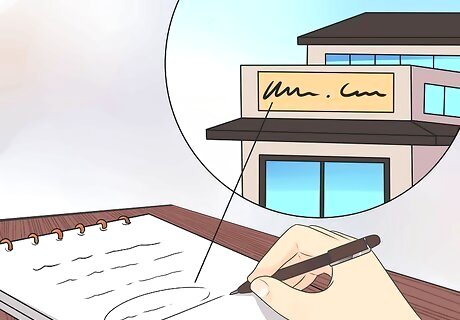
Choose a name for your publishing company. It can be simple and concise or catchy and clever, but it should be a name you will feel comfortable using for the foreseeable future. If you have a marketing and/or legal team, consult with those workers on a list of names you come up with. It should be easily marketable yet unique and memorable.
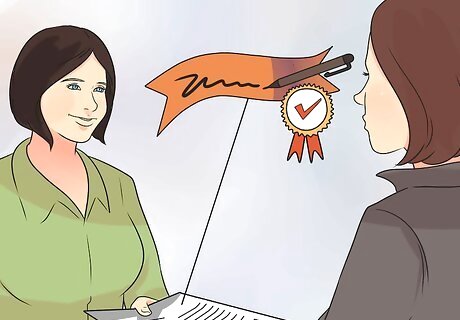
Register your name. If you're using a name for your publishing company other than your own name, you'll need to be sure that that name is not already taken. One way to do this is by filing a fictitious business name statement, or a doing business as (DBA) name. The process may vary slightly, depending on where you live, but the process will entail certain key points no matter where you plan on setting up your business. Conduct an investigative inquiry within your county and state records to determine if the name you've chosen is in use. Register your publishing company's name with the appropriate regional office. This may be your county clerk or state government office, depending on the location of your business. Some regional governments may require you to take out a legal notice in an approved newspaper, usually for one month or less, to announce your business's name to the public and ensure that no one comes forward saying that they are already using that name.
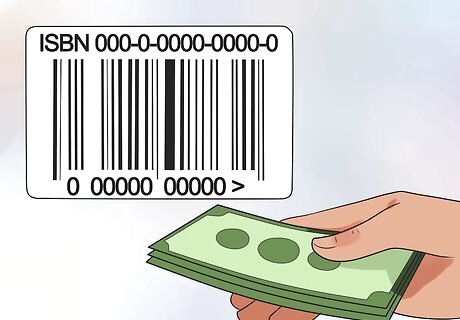
Buy an ISBN. ISBN stands for International Standard Book Number, usually included with the bar code on virtually every single book sold through a bookstore. Expect to spend around $125-150 in the United States on your ISBN, though discounts usually exist for publishers who purchase ISBNs in bulk quantities. ISBNs are important because they help buyers and sellers identify your publishing business as the publisher of a given book. ISBNs used to be assigned as 10-digit numbers, but in 2007 the format of ISBNs was changed to adopt a 13-digit number. After the first three digits, an ISBN is typically broken up into four sets of numbers. The first single digit identifies the language of a given book. Zero is used for most publications in English. After the language digit comes a multi-digit set of numbers called the publisher identification number. This group of digits is your publishing company's unique identification number. Note that small publishing companies tend to have long identification numbers, which means that, due to the limitation on how many digits an ISBN may be, smaller publishers will be able to publish fewer titles under a given ISBN than larger publishing houses. Once a small publishing company has published its allotted number of titles under a given ISBN, that company must then purchase additional ISBNs. Immediately after the publisher's identification number comes the title identification number. This number or group of numbers identifies the book title by its edition or version. Different editions will require different ISBN title identification numbers. The last digit in an ISBN is called a check number. It is calculated by a precise algorithm and is used to check (hence the name) that the ISBN was coded correctly.

Draft marketing and business plans for your publishing company. There are a few business-related decisions you should make before you open up your publishing company, such as how many books you will publish each year, how you will budget your company's finances, and how you will advertise and market your publishing company. Adequate planning in this phase of starting up your company may be crucial in determining whether your venture into publishing is successful. Be realistic when planning your budget. Try to keep overhead costs to a minimum, and understand what kind of taxes you should expect to be paying, if you are taxed as a small business.
Publishing Books

Put out a call for submissions. This is how you will find authors whose books you want to publish. You'll want to start small, as most established authors already have publishers and editors. You can find authors by reaching out to a previously-unpublished writer whose work you admire, but putting out an open call for manuscript submissions allows you to select from a broader pool of writers. Choose a website or print periodical that is primarily marketed toward writers. You can try different sources, such as the Association of Writers & Writing Programs (AWP), New Pages, and Poets & Writers, just to name a few. Determine the scope of your call for submissions. Decide upon a submission period, and estimate when interested authors can expect to hear back from you on their work. Specify what genre(s) and/or subgenre(s) you are interested in publishing. If you are accepting from multiple genres, specify any genres or subgenres you are not interested in. Think about opening the reading period as a contest, rather than an open call. In a contest, an author typically submits his work and pays a submission fee. That submission fee may be used to off-set the cost of publication.

Have a contract drawn up for each author you agree to publish. You may wish to consult with an attorney to ensure that your contract is legal and valid. The contract should lay out the terms of publication, any salary and/or royalties you and the author have agreed on, and publication rights and requirements.

Ensure that you have enough money to publish the authors you sign with. If you do not budget your finances carefully, you may end up signing more authors than you can afford to publish. Plan on spending between $3,000 to $5,000 on each book you publish. That amount includes promotional expenses, which will be an essential part of putting your author's work out to the public.

Edit and proofread each book you intend to publish. You may find it helpful to hire editors to help you with this stage of production. Editing will typically extend beyond checking for typos and misspellings, and for this reason many publishing houses employ a team of editors. Acquisitions editors handle all new projects. Duties may include reading submissions, contacting authors of interest, and arranging contract details. Copy editors proofread for issues with formatting, spelling, grammar, and punctuation. Managing editors oversee the editing process and are often responsible for ensuring that a project is moving forward on an appropriate schedule.

Design an attractive book cover and promotional materials. You may want to hire a graphic designer to help you put together a book design that potential readers will be interested in.

Determine whether you will publish your chosen author's work in print format, digital format, or both. Each format has advantages and disadvantages. Printed books have stood the test of time, but digital books allow convenience, reduce the cost to consumers, and allow for updates as they come out. However, some readers find digital books harder on the eyes to read, while others prefer printed books for the feel and experience of reading a book cover-to-cover.
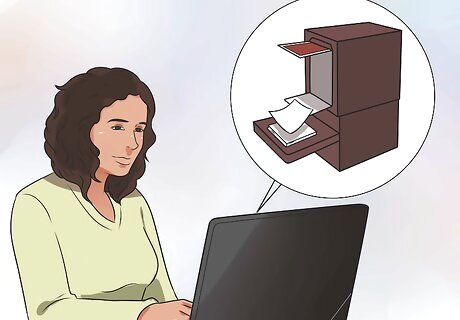
Find a printing company that works best with your company. You will need to do some research here, as there aren't really any hard and fast rules on what makes a good fit for a printing company. Some factors to consider include: Cost of printing and publication Distribution scope Existing reputation within the publishing community

Market your new author's work. If you have hired a marketing team member, this will likely fall under his or her duties. You'll want to arrange for advertisements in any appropriate publications, either in print or online, so that a broader audience is aware of your new author's forthcoming book.
Publishing A Magazine

Choose a theme or subject for your magazine. Each issue can, of course, reach into different subjects and topics, but you'll want a general "genre" for your magazine that will appeal to your chosen demographic. In order to maximize your passion for this project and the likelihood of success, you should aim for a magazine that covers subjects you would want to read about, and appeal to a demographic you can relate to.

Create a unique concept. It's okay if your theme is general interest, or sports, or recreation, but you'll want to focus that theme into a more narrow niche. Create a spin on your chosen theme that will maximize the interest of readers and set your magazine aside from all the rest that fall within your theme.
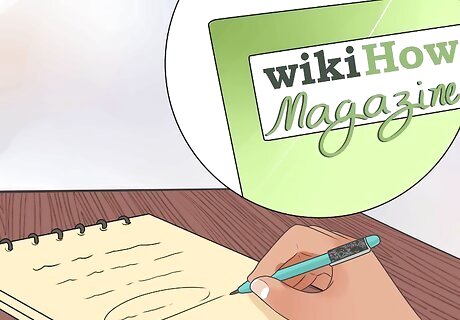
Choose a name for your magazine. Once you've chosen a name, you may also want to register an appropriate domain name so that your magazine will have an online presence. Your website should allow readers to peruse and order back issues, access current content, and know when a new issue is coming out.
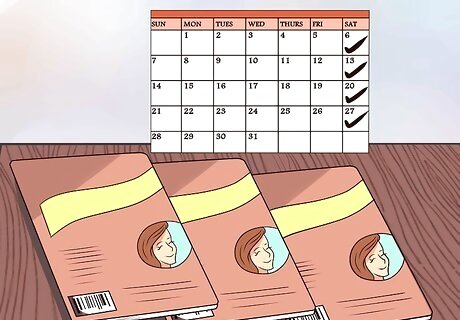
Determine how often you'll publish. Do you want your magazine to come out every week? Twice a month? Once a month? Or do you see your magazine being a longer read that only comes out every three or four months? Whatever you decide, the most important factors should be reader interest and content availability. In other words, will your publication come out frequently enough to sustain interest, and can your chosen theme be written about that often?

Set a budget and start saving up money. You'll need some start-up money to get your magazine off the ground. Some magazine consultants estimate that a new publishing company should expect to spend around $15,000 to get the first issue printed and on the shelf at news stands. Determine the size of your staff in order to plan your budget. Decide how large a distribution area you want to work within. Distributing nationally will cost much more than distributing across a county or state.
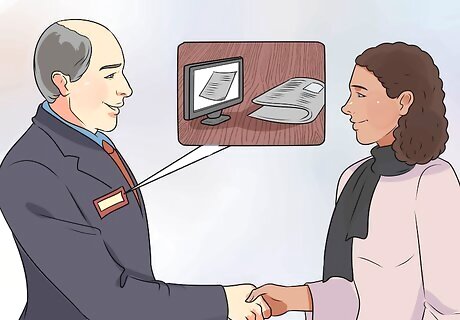
Reach out to advertisers. You may want to stick with advertisers who share a common interest in the theme of your magazine and the interests of your readership. Or perhaps you may want as broad a range of advertisers as possible. Whatever you decide, you'll need to calculate the amount generated by advertisers and make sure that your anticipated income will outweigh your predicted costs of publication.
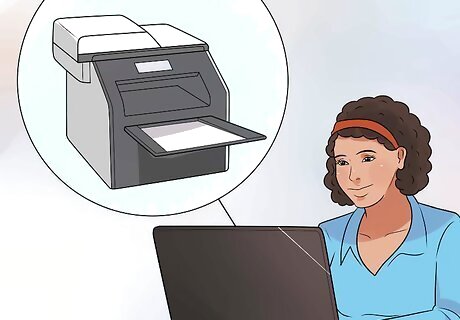
Choose a printer to work with. You may need to weigh the costs of production with the quality of work each printer can offer. Shop around, and make your needs and intentions known to the printers you reach out to.
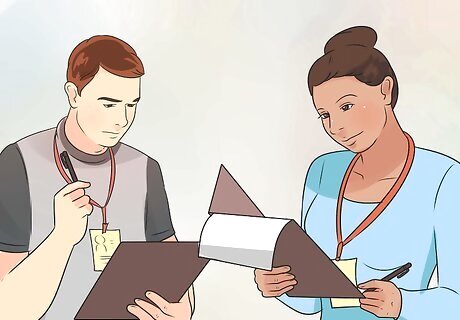
Put together an editorial staff. You'll want to be sure that your staff members get along with one another, and all share an interest in working toward the goal you've set forth for your magazine. You may also need to decide if your editorial staff will be the primary content creators for your magazine, or if you'll be taking work from outside writers. If you choose the latter, you'll need to determine whether you will be primarily soliciting work from writers you know, or opening your magazine to submissions from interested readers and contributors.

Create a website for your magazine. You may also want to create an app that smartphone and tablet users can use to access your publication. If no one on your editorial staff has a background in digital publication, you may need to hire someone to design and run your website and/or app.
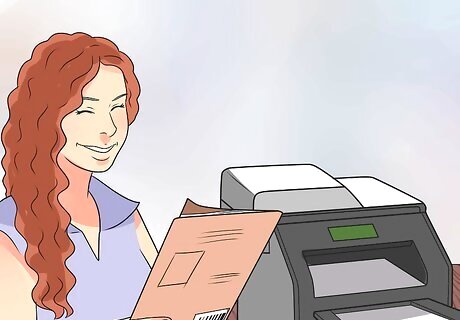
Print your first issue. You'll probably want to start small, with a regional distribution area and limited print schedule. But if enough readers show interest and become regular subscribers, you may be able to expand your distribution and print runs as your readership continues to grow!
Publishing a Literary Journal

Understand why you want to create a literary journal. Are you doing it because you want to be involved in a larger literary community? If so, it's possible to work with existing publishers on a literary journal that has already been established. If, however, you feel that there are no existing literary journals that satisfy your tastes in writing, and you want to start a journal so that likeminded writers will have a home for their work, then you'll want to keep that goal in mind as you proceed with your journal.
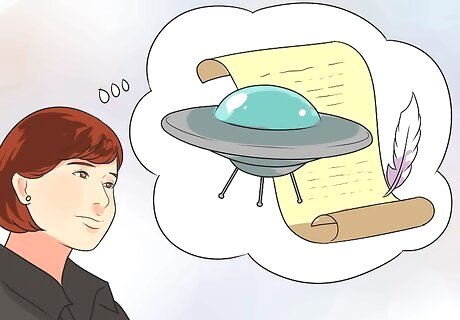
Determine the scope of your journal. One of the first things readers look for in a new journal is what the primary genres of interest are. Will you publish fiction, poetry, and nonfiction? Just one of the above? Or something else entirely--say, a hybrid of poetry and nonfiction? Knowing from the start what genre(s) you will specialize in will help you draft a mission statement, determine your readership, and appeal to writers when the time comes to open your journal to submissions. You will also need to determine the publication schedule of your journal. Will you publish monthly? Annually? Bi-annually? Quarterly? Declare what authors and what pieces of writing you most enjoy reading. This will give readers an idea of what to expect from your journal, and it will let people that are submitting know whether their writing will match with your aesthetics.
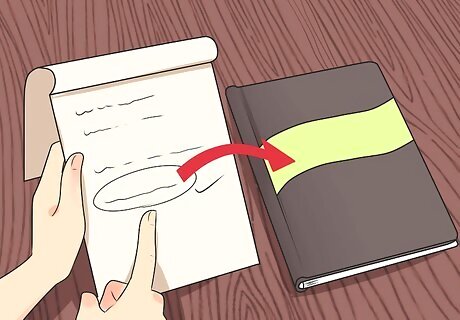
Choose a name for your journal. Once you've decided on a name, you may want to register an appropriate domain name so that your journal will have an online presence. Whether your journal is a strictly print publication or a strictly digital publication, you'll want to have an operational website that will allow interested readers and writers to become familiar with your work, know where and when each issue can be purchased, and when and how to submit work to the journal.

Determine your submission policies. This is one of the most important parts of building a literary journal, and it's the thing most interested writers will ask about. If you have not already done so, you'll need to determine: When you will accept submissions Whether you will accept simultaneous submissions (submissions sent to multiple literary journals at the same time) Whether you will do "blind reads" of submissions, in which the author's name and contact information does not appear on the manuscript What your criteria for acceptance are.
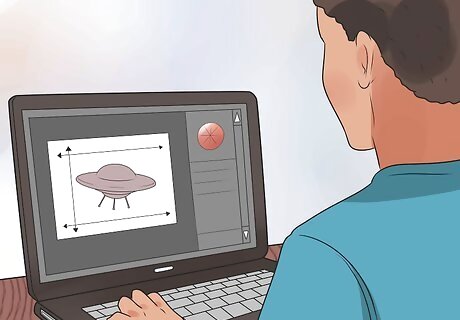
Design a logo for your literary journal. This will be used in both print and online editions, and can help readers associate your brand with a given image. You may want to work with a graphic designer to come up with a high-quality, professional logo, as this will come to represent your work for readers and subscribers.

Start making connections. Networking is an important part of the publishing world, and making connections, with authors and with other publishers, will help your literary journal develop and grow.
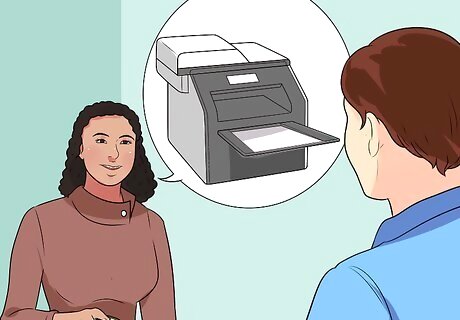
Choose a printer to work with. This step will only really apply to literary journals with a print edition. Determine the cost of production and decide whether a given printer can meet your needs. Shop around, and make your needs and intentions known to the printers you reach out to.

Start accepting submissions. Be prepared for the time commitment it will take to read through the many submissions you will receive. This is where having an editorial team would be beneficial. Divide up the work, and give each submission a fair consideration.



















Comments
0 comment